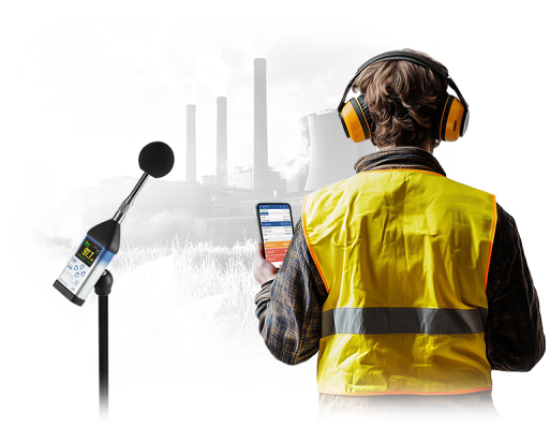World-class experts in the field of sound and vibration measurements discuss everything there is to know about noise measurement.
The most important thing to know about measuring sound measurement is that it’s the transmission of energy through vibrating air particles, which is a form of vibration. As a result, sound measurements are concerned with changes in local air pressure caused by noise energy.
You can study the following topics in this section of the course:
Join the academy and subscribe to our weekly updates!

How to choose a noise monitoring station: